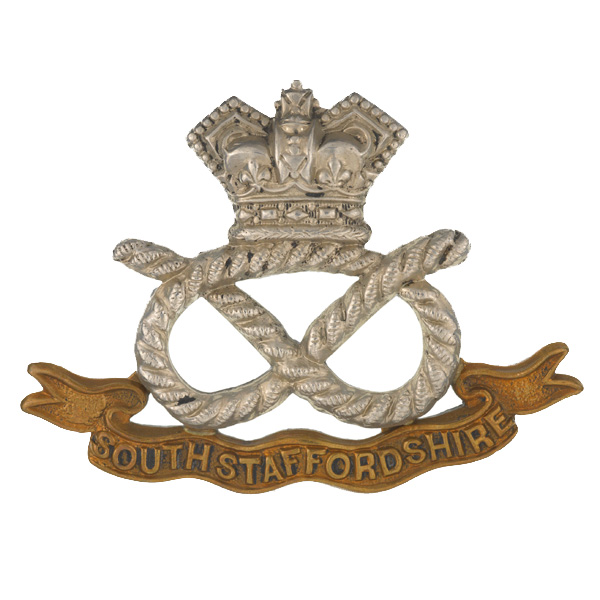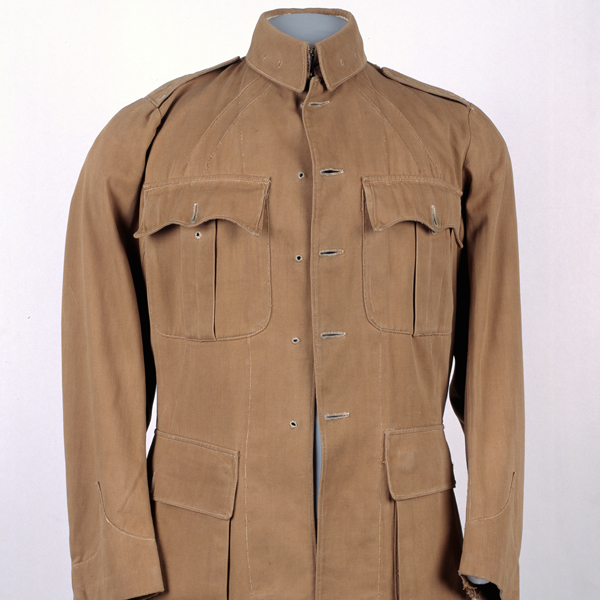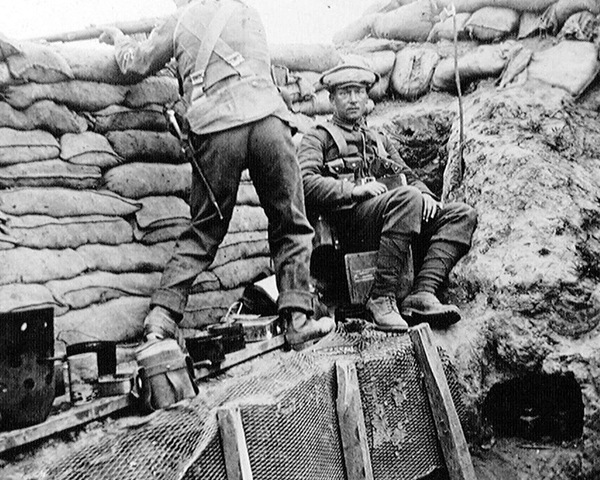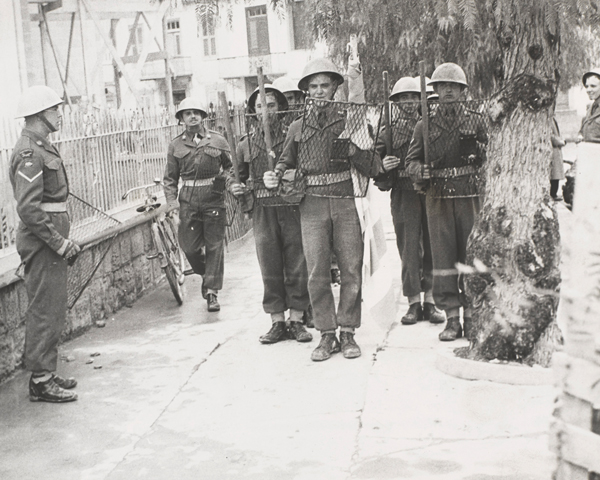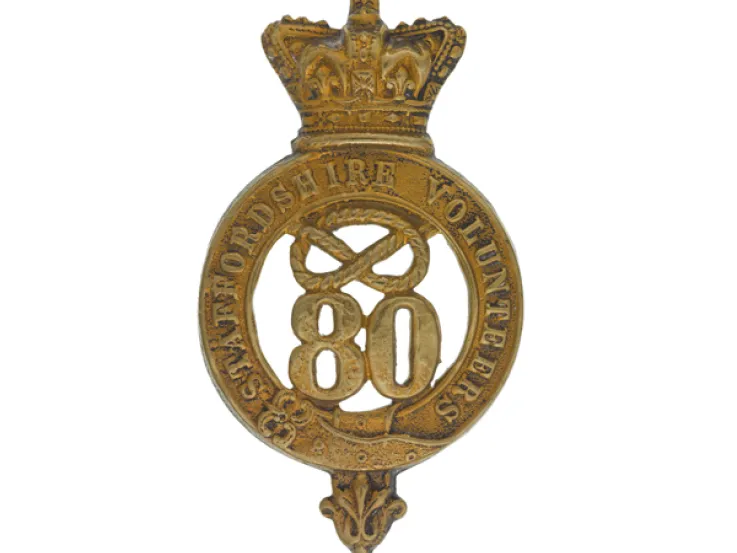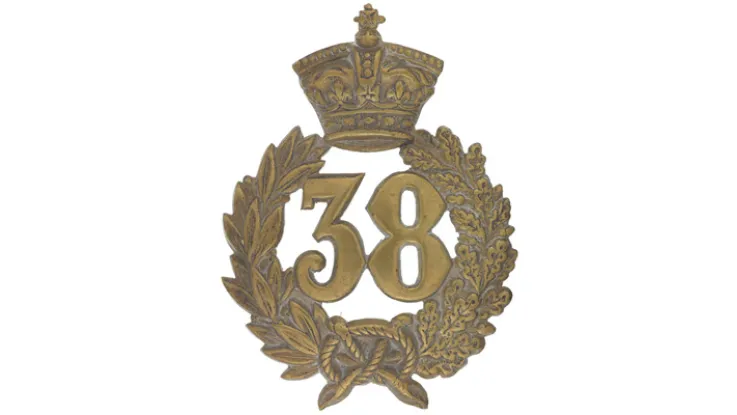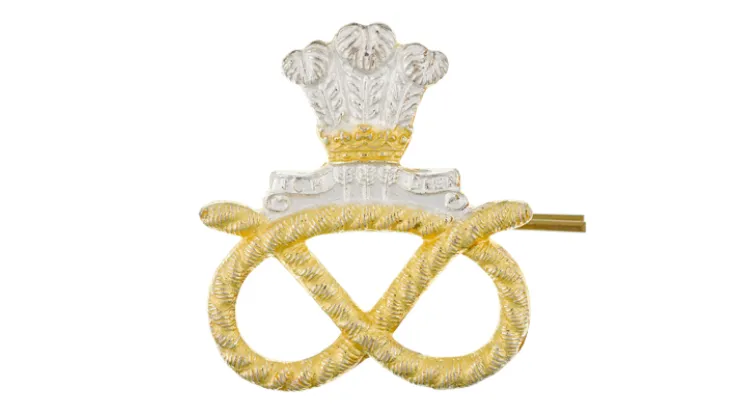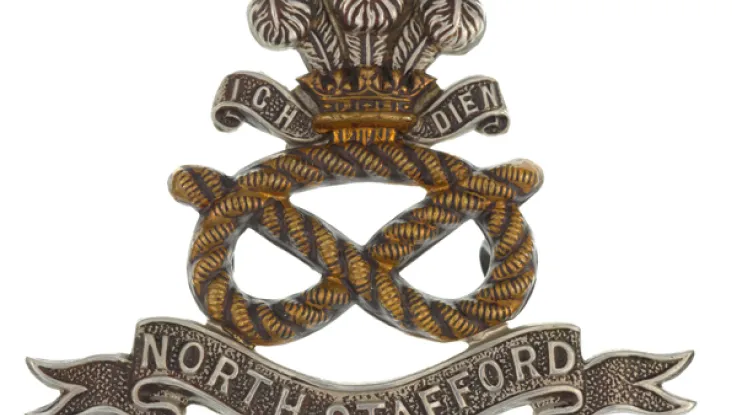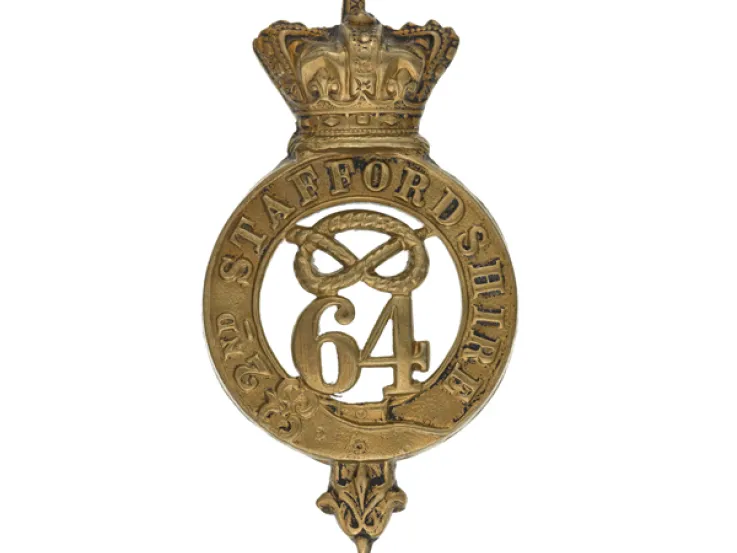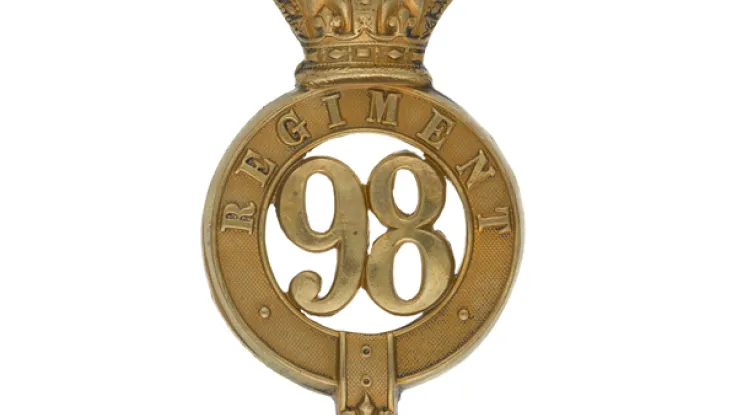Origins
The regiment was formed in 1881 by merging the 38th (1st Staffordshire) Regiment of Foot and the 80th Regiment of Foot (Staffordshire Volunteers). Both of these had an existing affiliation to Staffordshire, so the new unit became the county regiment for the southern half of that county.
The 38th Foot became the new unit’s 1st Battalion and the 80th the 2nd. In the following three decades both undertook garrison duties across the British Empire, including postings in Malta, Ireland, India, Burma, South Africa and Britain.
1st Battalion fought in Egypt in 1882 and in the Sudan in 1885 where it took part in the failed attempt to relieve Khartoum. From 1900 it also served in South Africa during the Boer War (1899-1902). 2nd Battalion also sent a detachment to fight in the Fourth Ashanti War (1895-96).
World Wars
Both battalions deployed to the Western Front in 1914. 2nd Battalion remained in that theatre until the end of the First World War (1914-18). 1st Battalion, in contrast, moved to Italy in November 1917. The regiment also raised 11 Territorial and New Army battalions during the conflict.
2nd Battalion spent the immediate post-war years in Ireland during the War of Independence (1919-21). The inter-war years also saw both battalions undertake garrison duties in Singapore, India, Burma and the Mediterranean.
During the Second World War (1939-45), 2nd Battalion initially served in India but returned to Britain in July 1940. It subsequently re-trained to be landed by glider, before fighting in Tunisia, Sicily and Italy. 2nd Battalion’s final major action of the war was at Arnhem (1944).
1st Battalion, meanwhile, was in Palestine on the outbreak of war and fought in the Middle East until September 1943, when it was moved to Burma. During March 1945 it was re-trained as a parachute unit in India and remained there until partition.
Quiz
Which of the following was a nickname of the South Staffordshire Regiment?
The knot is the county symbol of Staffordshire and probably originated from the Anglo-Saxon kingdom of Mercia. The South Staffordshire Regiment inherited it as a badge from both its predecessor units.
Post-war
2nd Battalion was sent to Norway in 1945 to assist its post-war transition and then to occupation duties in Germany in 1946. It was amalgamated with 1st Battalion in 1948. The regiment then garrisoned Hong Kong, Northern Ireland and Germany, from where it deployed to Cyprus for two years in 1955.
Legacy
In 1959, it merged with The North Staffordshire Regiment (The Prince of Wales's) to form The Staffordshire Regiment (The Prince of Wales's).
Regimental museums
The National Army Museum works with a network of Regimental and Corps Museums across the UK to help preserve and share the history and traditions of the Army and its soldiers.
Discover more about The South Staffordshire Regiment by visiting The Staffordshire Regiment Museum in Lichfield.


